Understanding radar level measurement can be complex, especially when dealing with technical concepts like electromagnetic waves and signal processing.
Radar level sensors work by emitting electromagnetic waves and measuring the time taken for these waves to reflect back from the material surface. This time-of-flight principle enables accurate level measurement.
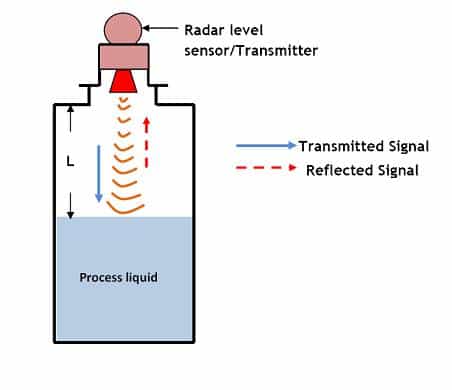
Radar Level Sensor Working Principle
Let me explain how radar level measurement works based on my experience with various industrial applications.
How Does a Radar Sensor Work?
Many people find radar technology mysterious and complicated.
A radar sensor transmits microwave signals, captures their reflections, and calculates distance using time-of-flight measurement. The signal processing converts this into meaningful level data.
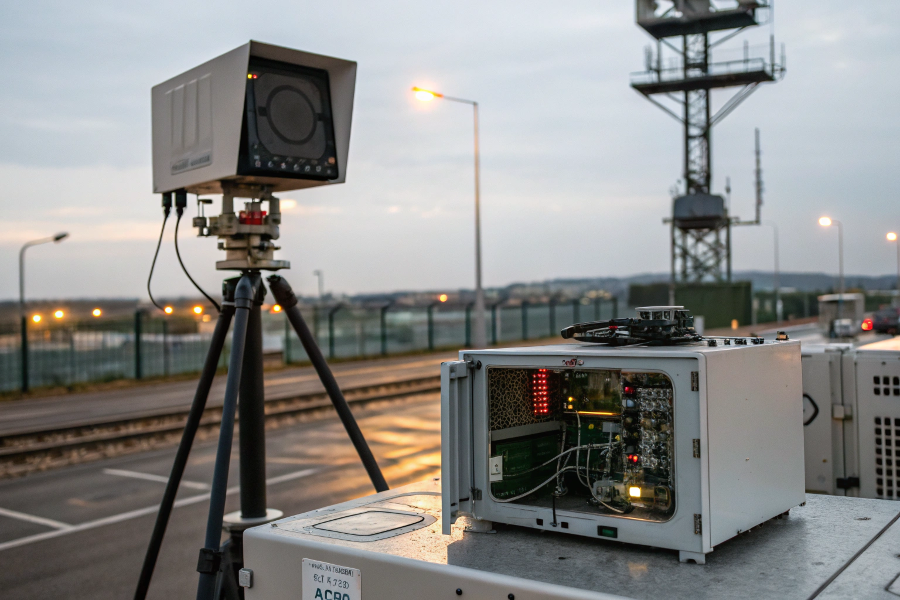
Radar Sensor Operation
Here’s my breakdown of the process:
Basic Operation
-
Signal Transmission
Step Process Purpose Generation Creates microwaves Signal source Focusing Antenna directs waves Beam control Emission Sends waves to target Measurement Reception Captures reflection Data collection -
Signal Processing
- Time measurement
- Echo analysis
- Filtering
- Conversion to level
Advanced Features
-
Measurement Techniques
- FMCW modulation
- Pulse radar
- Phase measurement
- Digital processing
-
Signal Enhancement
- Echo mapping
- False echo suppression
- Automatic gain control
- Temperature compensation
These features ensure accurate measurements in various conditions.
What is the Working Principle of a Level Sensor?
Different level sensing technologies can be confusing to compare.
Level sensors determine fluid height by measuring physical properties like pressure, capacitance, or wave reflection. Radar specifically uses electromagnetic wave reflection time.
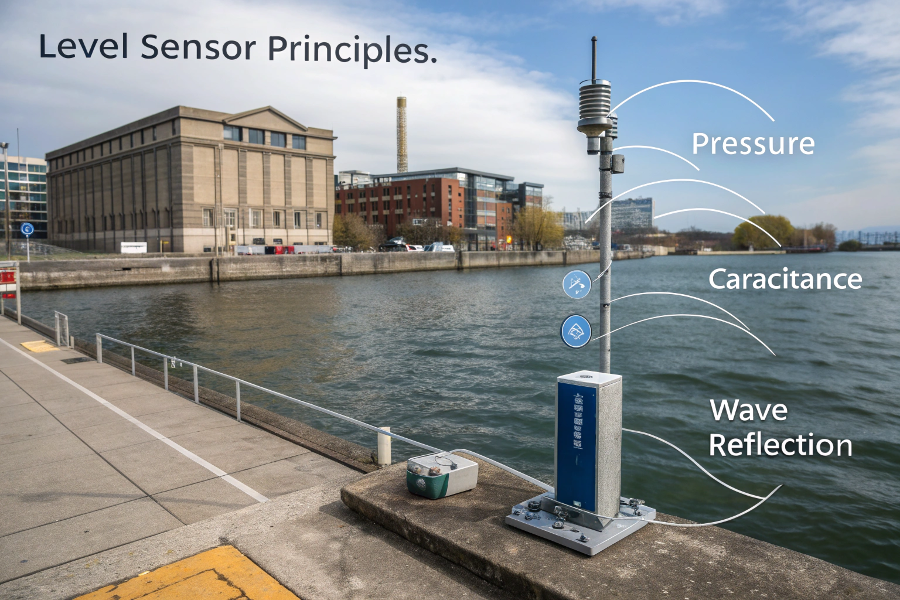
Level Sensor Working Principles
From my implementation experience:
Measurement Methods
-
Contact Methods
Type Principle Application Float Buoyancy Simple tanks Capacitive Dielectric Conductive liquids Hydrostatic Pressure Deep tanks Magnetic Float position Interface levels -
Non-Contact Methods
- Radar
- Ultrasonic
- Laser
- Nuclear
Technology Selection
-
Application Factors
- Media properties
- Process conditions
- Accuracy needs
- Environmental constraints
-
Performance Criteria
- Measurement range
- Resolution
- Response time
- Maintenance needs
Understanding these principles helps in selecting the right technology.
What is the Working Principle of RF Level Sensor?
RF technology offers unique advantages for level measurement.
RF level sensors use radio frequency signals to detect material levels, measuring changes in the electromagnetic field or signal reflection characteristics.
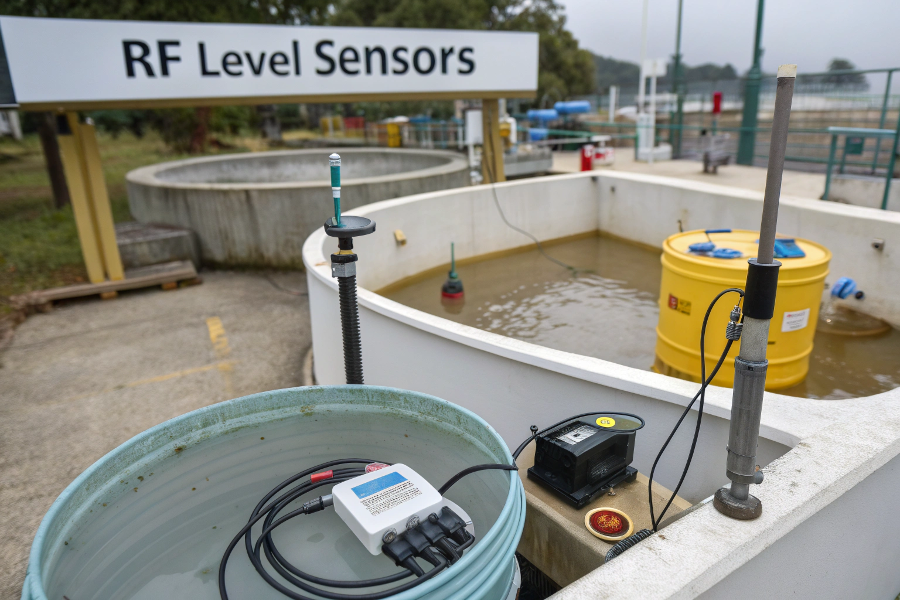
RF Level Sensor Operation
Based on my field experience:
RF Technology Basics
-
Operating Principles
Method Description Application Admittance Field changes Interface detection Capacitance Dielectric measurement Non-metallic tanks TDR Guided wave reflection Complex media Free-space Direct reflection Open vessels -
Signal Processing
- Frequency analysis
- Phase detection
- Amplitude measurement
- Digital conversion
Application Considerations
-
Installation Requirements
- Probe selection
- Grounding
- Cable routing
- Calibration method
-
Performance Factors
- Media properties
- Temperature effects
- Build-up handling
- Interface detection
These principles guide proper implementation.
What is the Difference Between Ultrasonic and Radar Level Sensors?
Making the right choice between these technologies is crucial for success.
Ultrasonic sensors use sound waves at 20-200 kHz, while radar sensors use electromagnetic waves at 6-26 GHz. This fundamental difference affects their performance in various conditions.
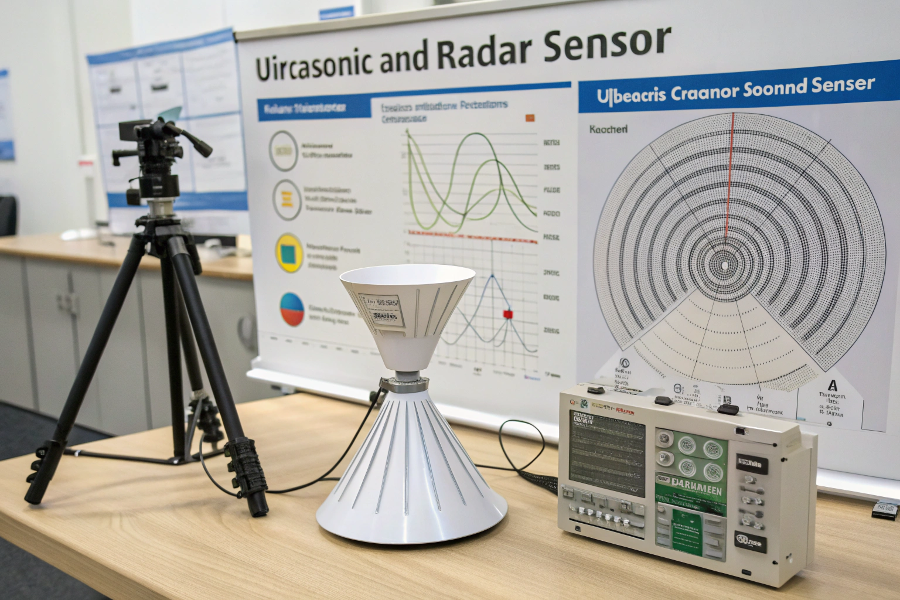
Ultrasonic vs Radar Comparison
From my comparison experience:
Technical Differences
-
Operating Principles
Aspect Radar Ultrasonic Wave type Electromagnetic Acoustic Frequency 6-26 GHz 20-200 kHz Speed Light speed Sound speed Medium effect Minimal Significant -
Performance Characteristics
- Temperature stability
- Vapor handling
- Accuracy level
- Range capability
Application Differences
-
Environmental Impact
- Temperature effects
- Pressure changes
- Vapor presence
- Dust conditions
-
Selection Criteria
- Application needs
- Environmental conditions
- Budget constraints
- Maintenance requirements
Understanding these differences ensures optimal technology selection.
Conclusion
Radar level sensors use advanced electromagnetic principles for accurate measurement, offering distinct advantages over other technologies. Success depends on understanding the working principles and choosing the right technology for specific applications.
